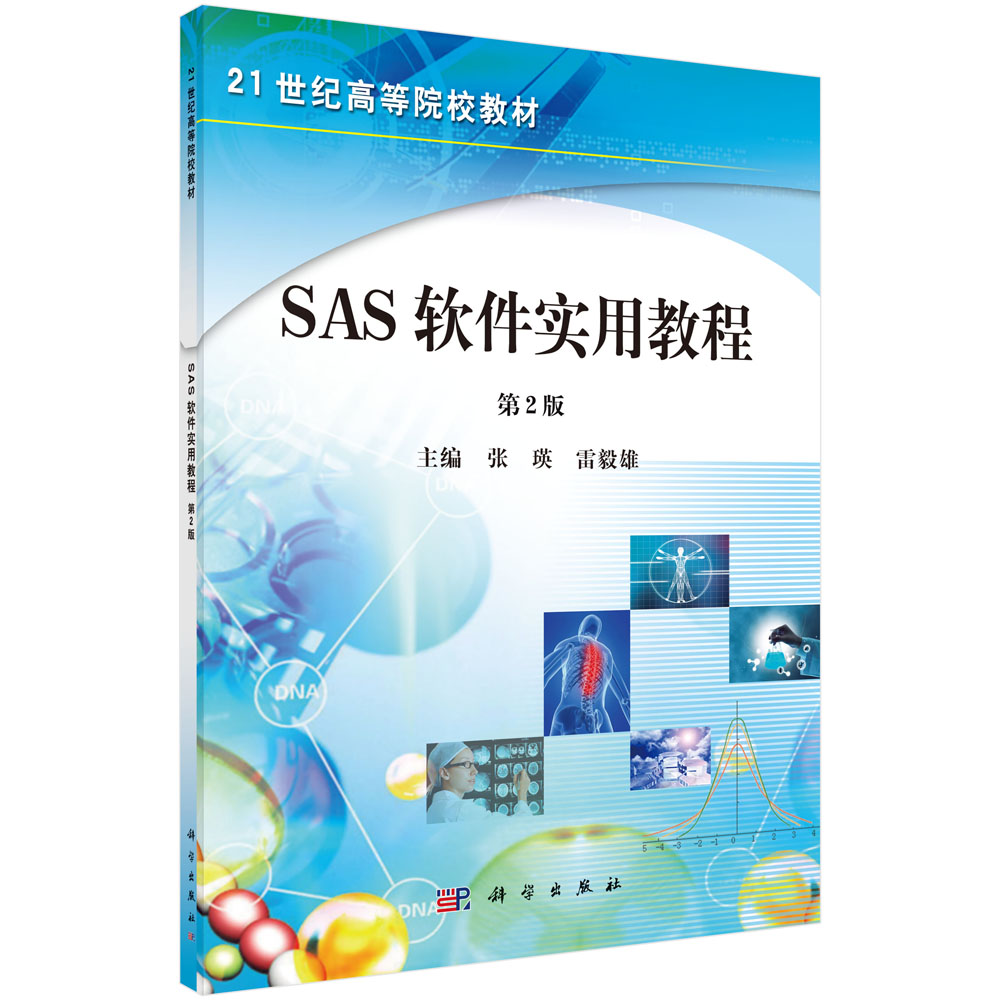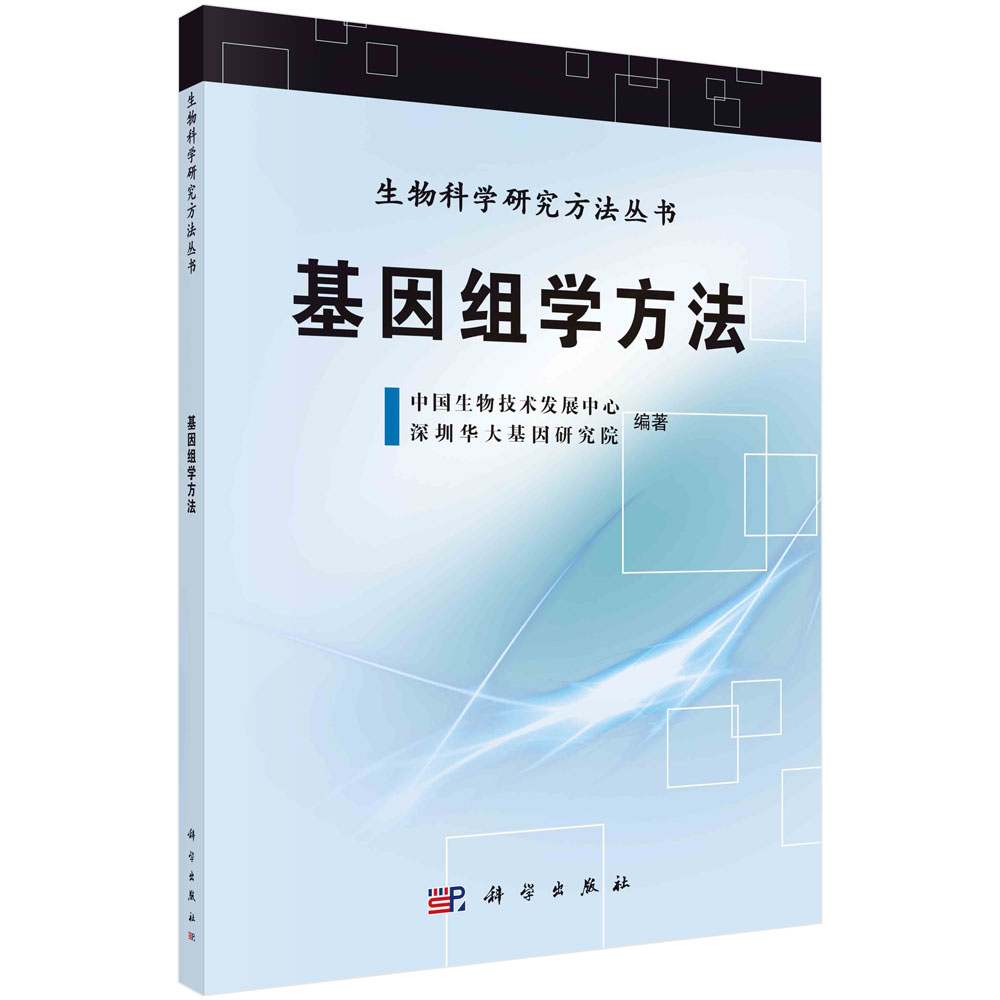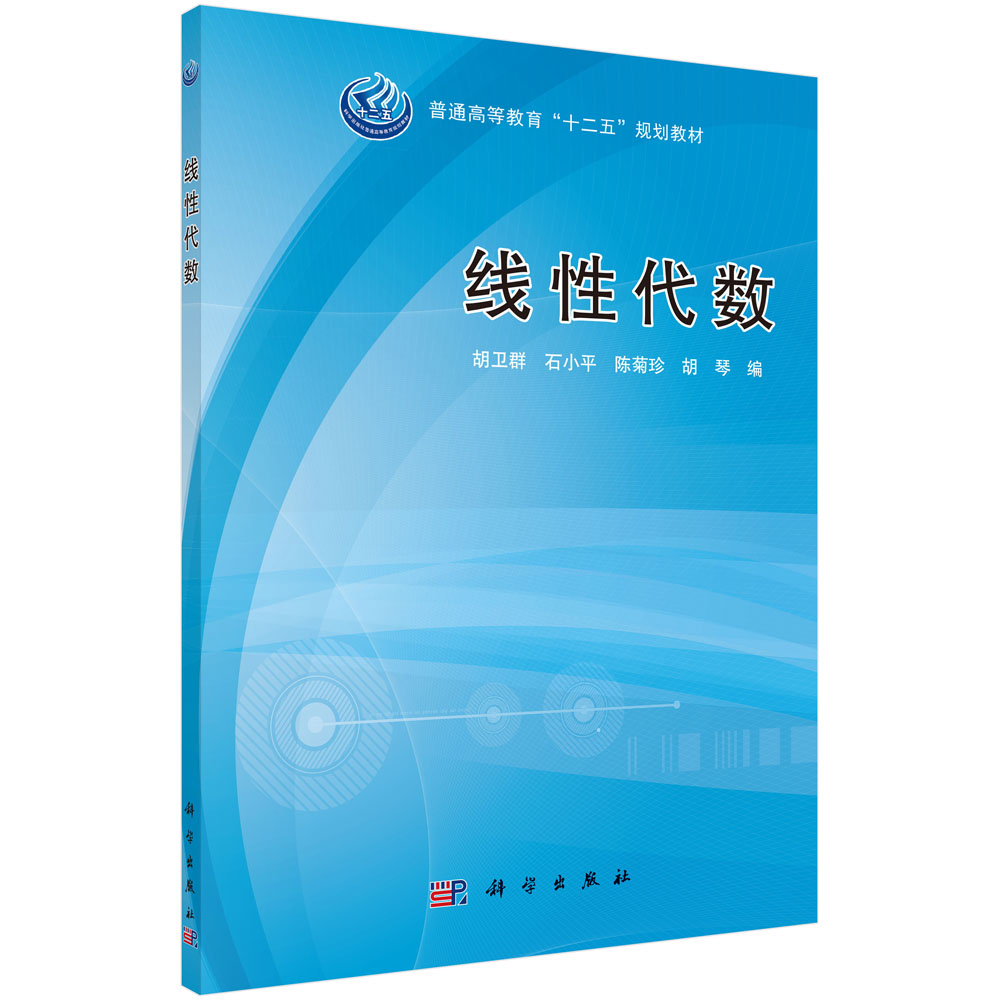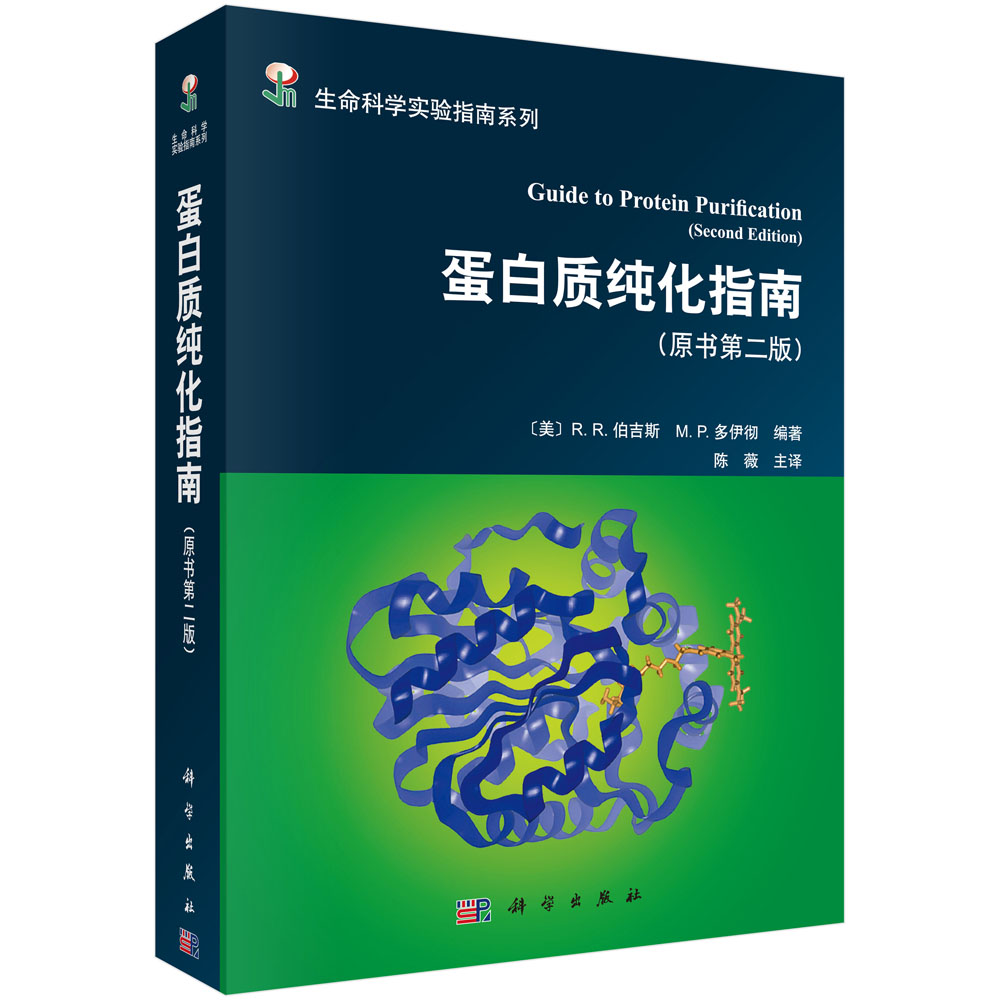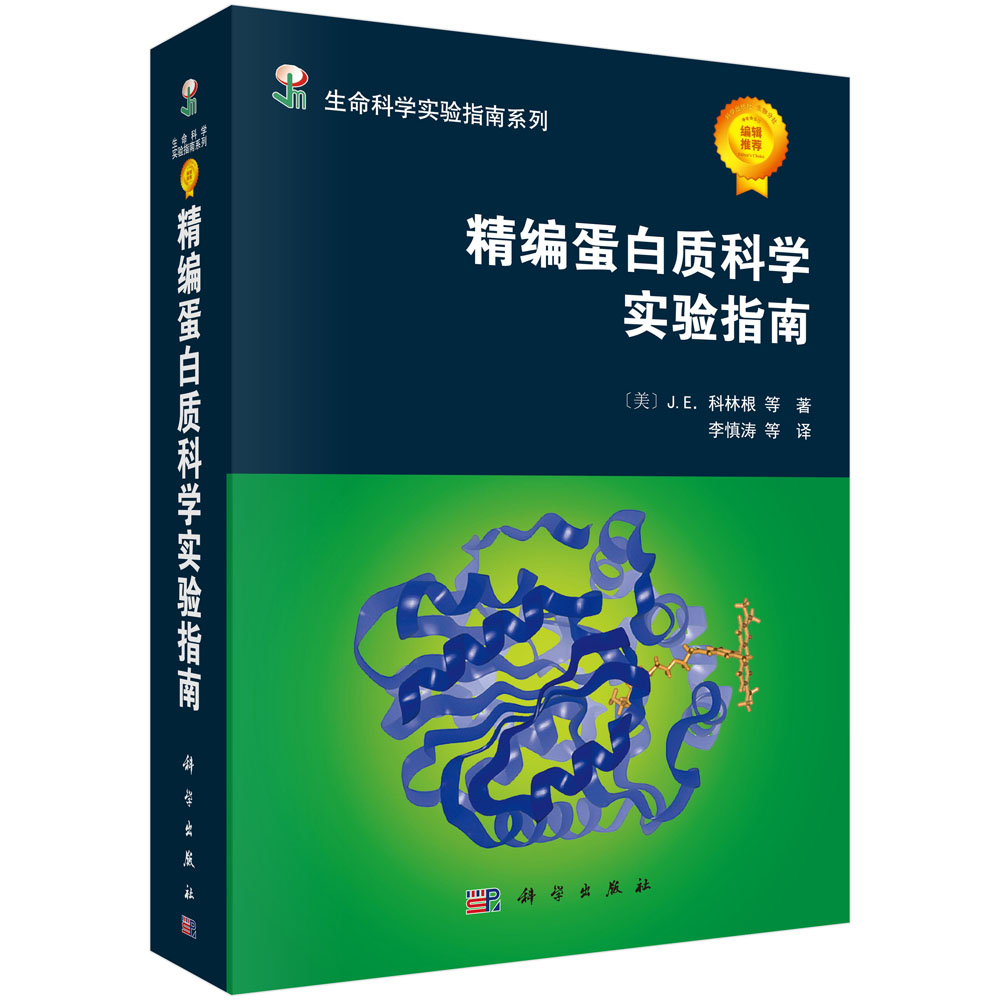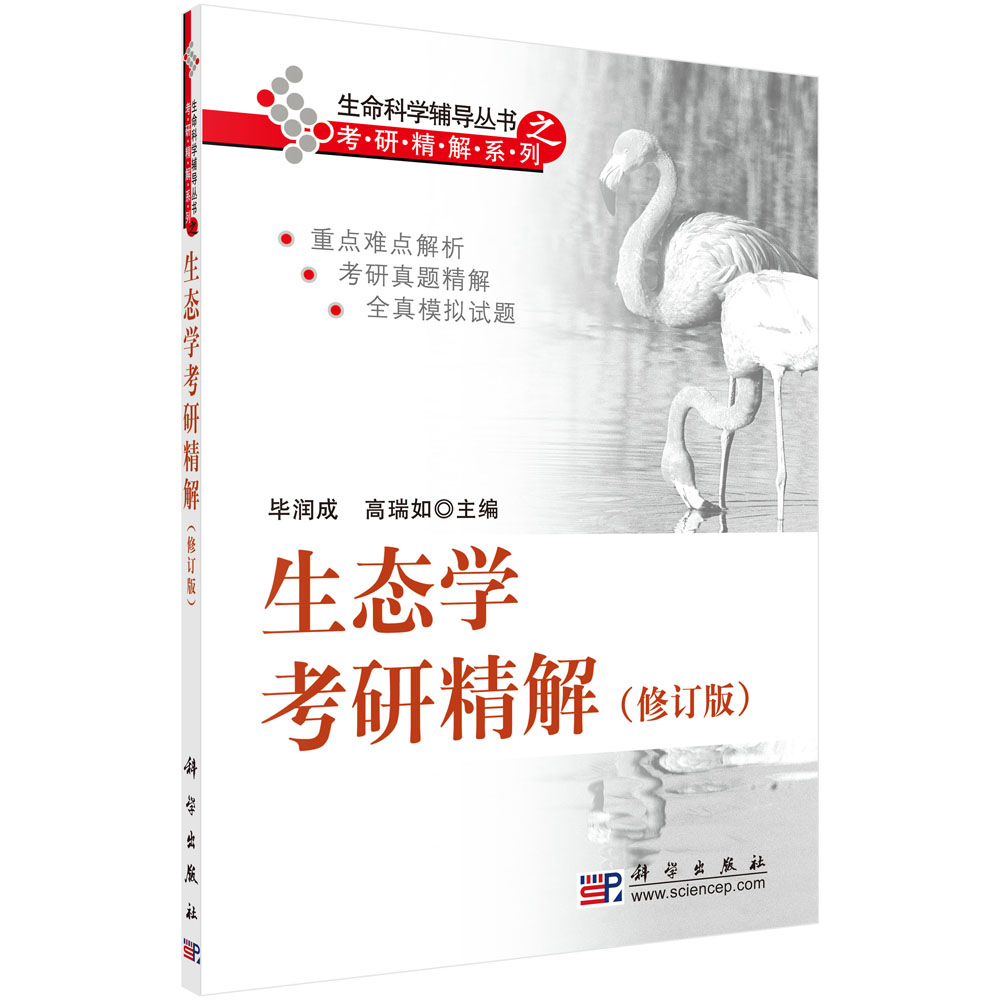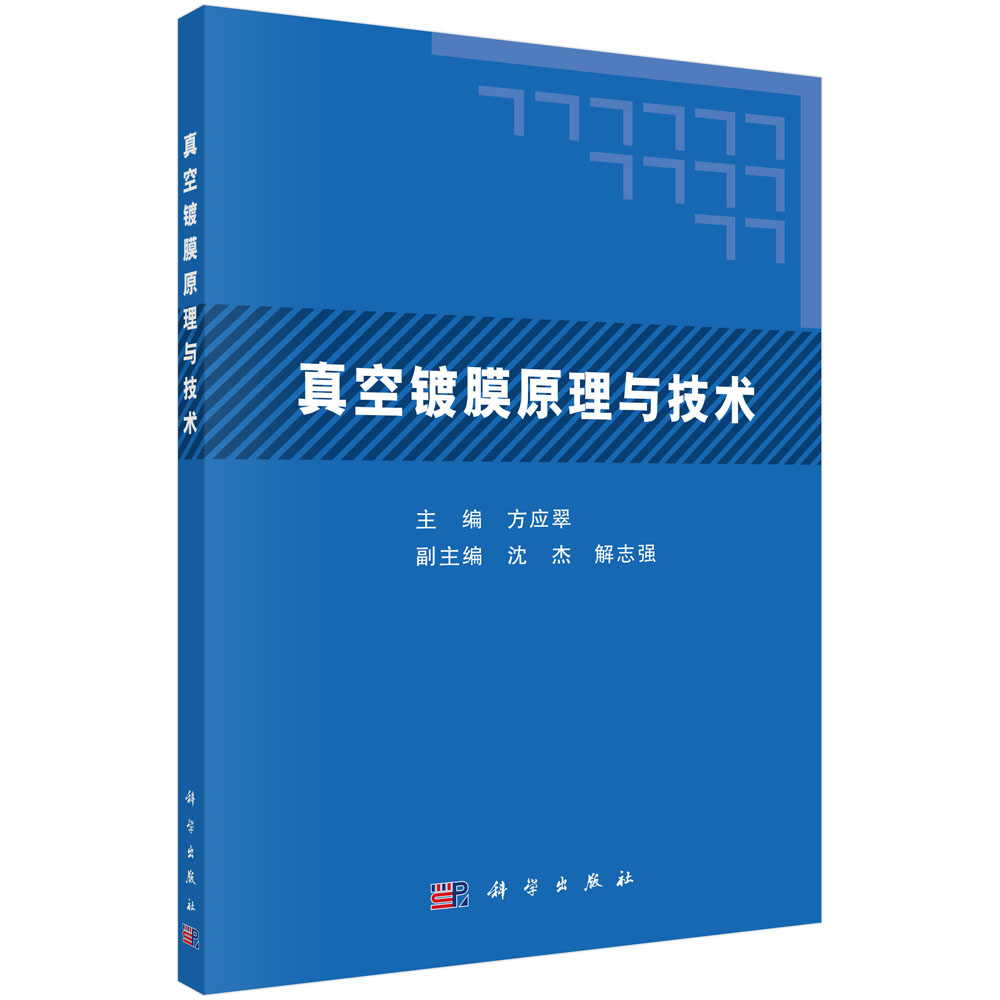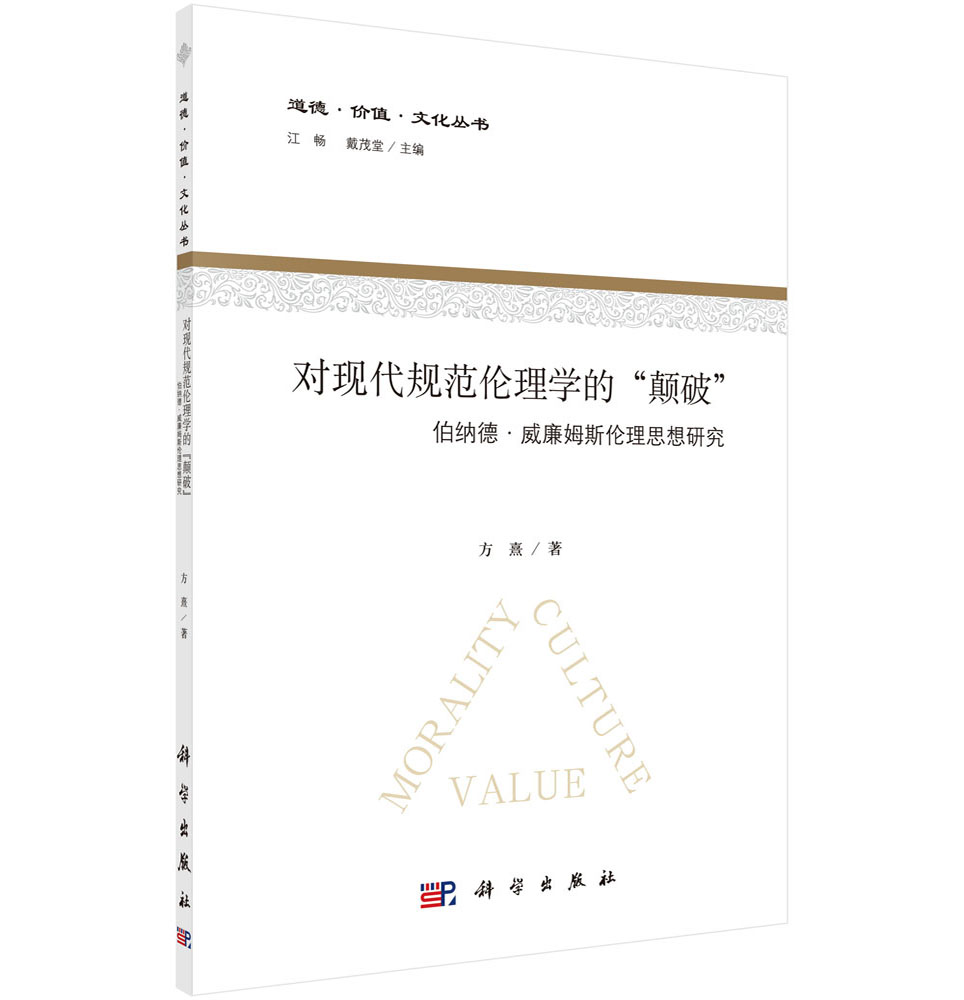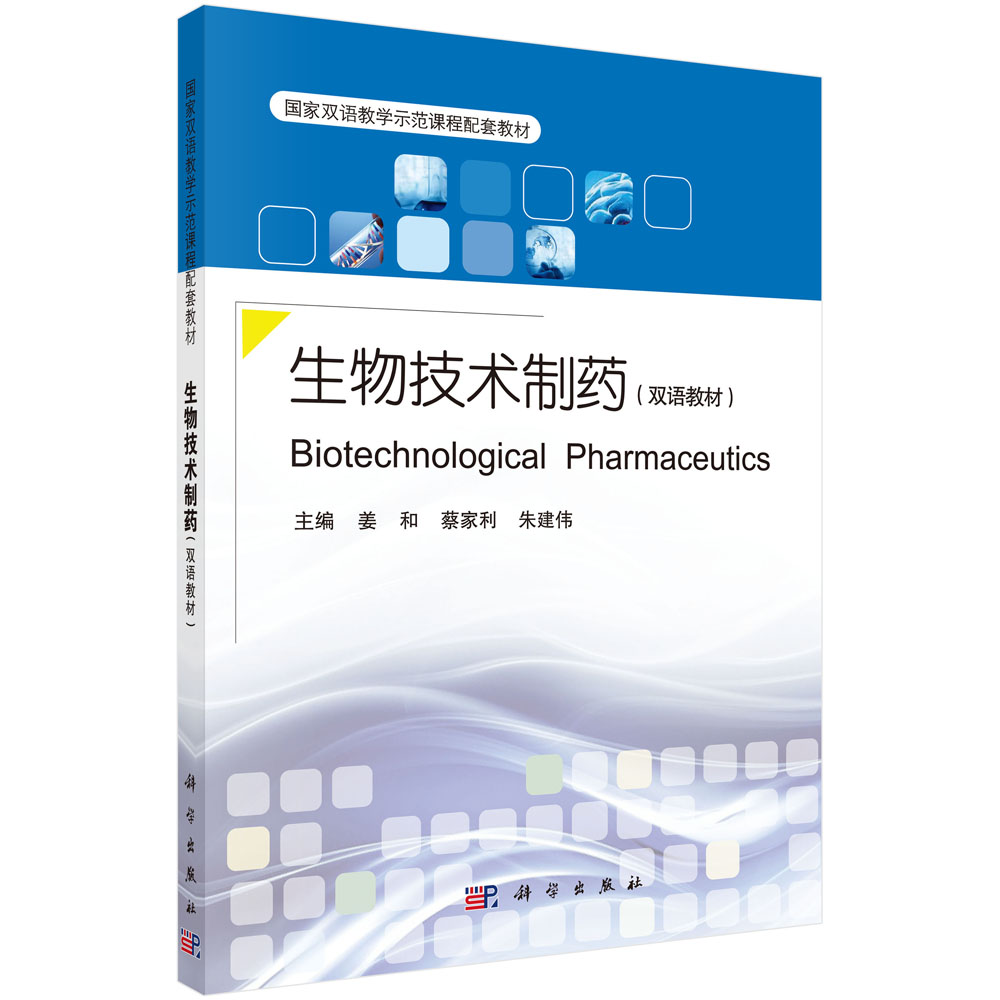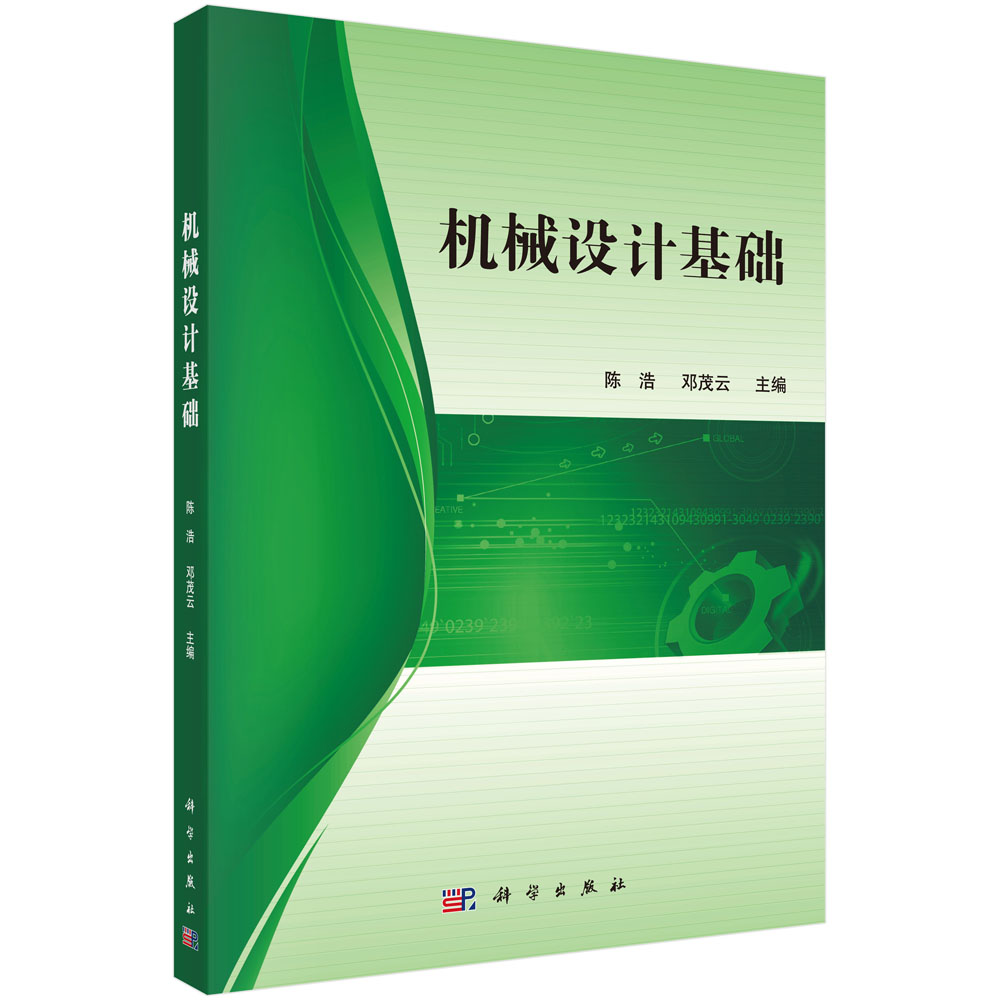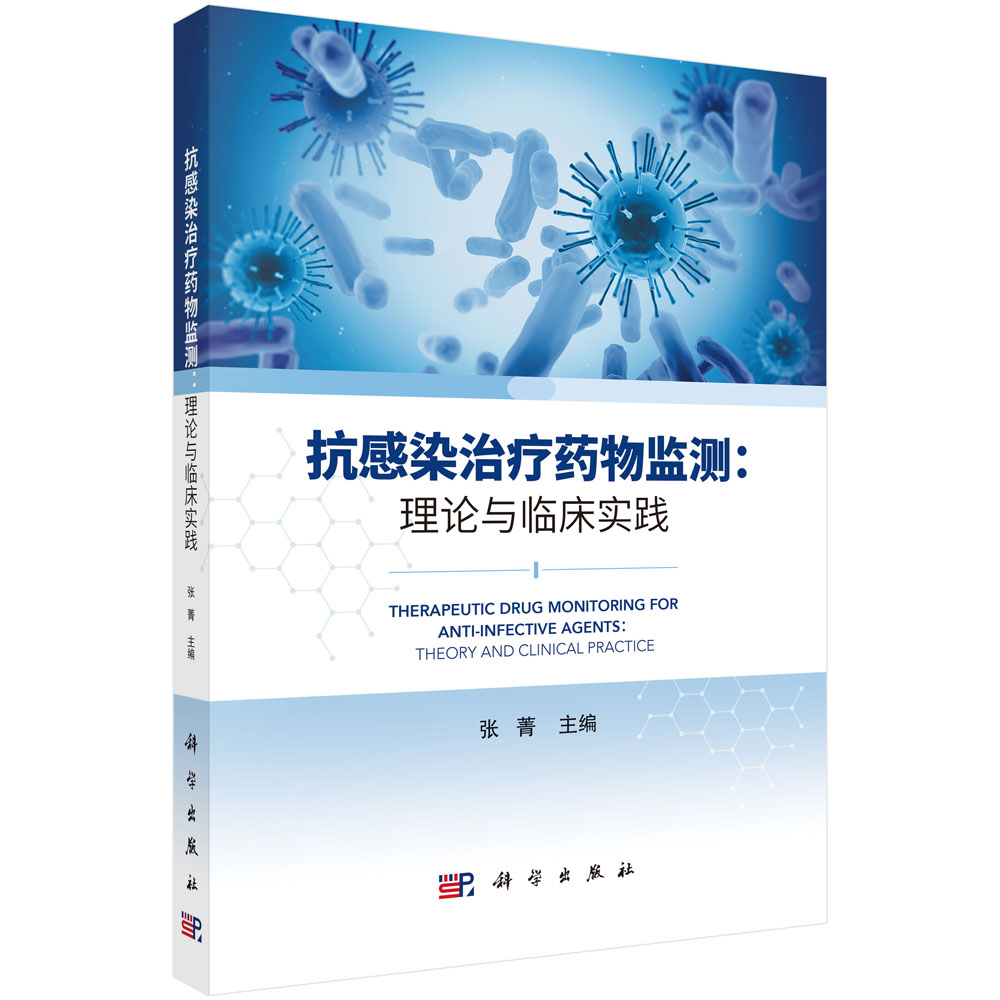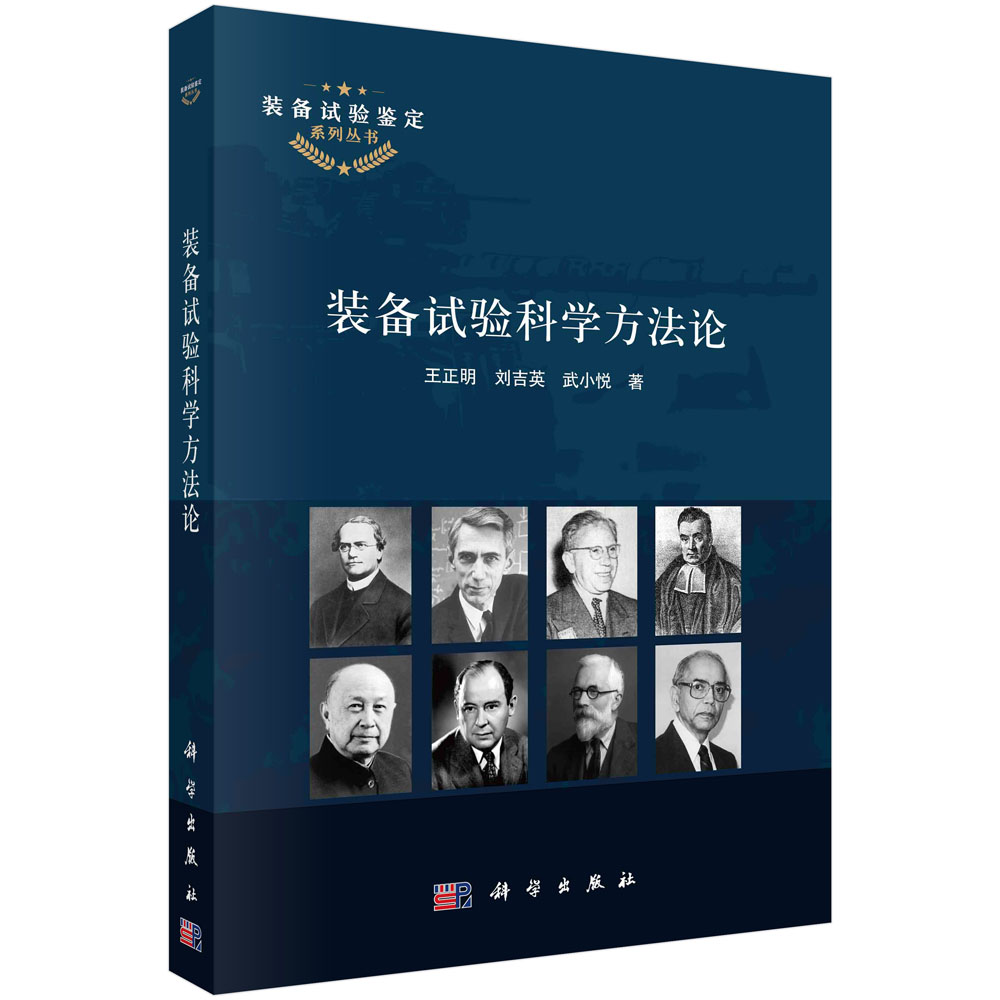本教材根据近年国内外生物技术制药的技术发展概况,结合国内生物医药产业发展概况,以中英文双语编写而成。本教材系统地介绍了生物技术制药的基本原理、方法和实际案例以及质量控制与管理。全书共八章:生物技术制药概论、生物技术药物制备工艺、生物技术药物制剂学、生物技术药物生产的质量控制、基因工程药物、抗体药物、生物技术疫苗、核酸药物。
样章试读
目录
- 目录
前言
第一章生物技术制药概论1
1生物技术制药基本概念1
2生物技术制药发展简史4
3生物技术药物的分类及特征7
3.1按药物原料来源分类7
3.2按药物的功能用途分类9
3.3生物技术药物的特征9
4生物技术药物研究进展11
参考文献16
第二章生物技术药物制备工艺17
1生物技术药物生产平台19
1.1哺乳动物细胞表达平台22
1.2微生物表达平台28
1.3其他的表达平台34
2生物技术药物生产工艺39
2.1生产上游工艺43
2.2生产下游工艺45
2.3大肠杆菌表达系统的生产工艺49
2.4治疗抗体的生产工艺52
2.5生产设备和工艺验证54
2.6生物技术药物生产的一次性使用技术57
参考文献61
第三章生物技术药物制剂学62
1生物技术药物的结构特点和理化性质62
2生物技术药物制剂的处方与工艺64
2.1处方前研究64
2.2处方设计67
2.3蛋白和多肽类药物注射剂的工艺研究71
3生物技术药物新型给药系统74
3.1新型注射给药系统75
3.2非注射给药系统82
3.3生物技术药物新型给药系统应用实例89
参考文献91
第四章生物技术药物生产的质量控制93
1药品生产质量管理规范(GMP)94
1.1生物技术制药GMP关键点96
1.2中华人民共和国生物药物质量管理99
1.3美国及欧洲共同体生物药物质量管理101
1.4世界卫生组织(WHO)生物药物质量管理105
2GMP的指导原则106
2.1 WHO指导原则106
2.2 FDA指导原则107
2.3 ICH指导原则107
3药典109
3.1国际药典109
3.2美国药典110
3.3欧洲药典111
4疫苗的安全性和注册管理112
参考文献115
第五章基因工程药物116
1白介素116
1.1白介素概述116
1.2白介素 11119
2干扰素137
2.1干扰素概述137
2.2干扰素类型138
2.3干扰素的生物学作用144
2.4干扰素的生产工艺147
2.5干扰素质量控制标准和要求154
3肿瘤坏死因子161
3.1 TNF概述161
3.2 TNF的分子结构和基因161
3.3 TNF的受体162
3.4 TNF的生物学活性163
3.5 TNF的治疗作用168
3.6 TNF技术发展现状和展望169
4胰岛素172
4.1胰岛素概述173
4.2基因工程生产胰岛素182
4.3胰岛素的临床应用与给药方法192
5促红细胞生成素196
5.1 EPO概述196
5.2 EPO的基因、受体和分子结构197
5.3 EPO的产生200
5.4 EPO的生物学作用201
5.5 EPO的使用方法203
5.6 EPO的推荐剂量204
5.7使用EPO的注意事项205
5.8 EPO的副作用及与其他药物的相互作用205
5.9 EPO与体育作弊207
5.10使用EPO的危险性208 6激素制剂210
6.1激素药物的制备方法210
6.2激素制剂的质量控制标准和临床适应证220
6.3结语234
参考文献234
第六章抗体药物236
1抗体236
1.1免疫球蛋白的基本结构237
1.2免疫球蛋白的功能(图6-2)238
2单克隆抗体240
2.1单克隆抗体概述240
2.2单克隆抗体的制备243
2.3单克隆抗体的纯化256
3基因工程抗体258
4抗体制药260
4.1临床诊断试剂260
4.2单抗治疗药物261
参考文献272
第七章生物技术疫苗273
1传统疫苗学273
2反向疫苗学277
2.1经典的反向疫苗学方法278
2.2比较基因组分析——反向疫苗学的第二阶段280
2.3消减基因组分析——反向疫苗学的第三阶段?283
2.4结论285
3病毒样颗粒疫苗289
3.1昆虫细胞/杆状病毒表达系统是VLP生产的首选系统293
3.2简单的无包膜病毒VLP的生产295
3.3结构复杂的多个蛋白层构成的VLP297
3.4病毒样颗粒与脂质膜301
4疫苗生产未来展望304
参考文献306
第八章核酸药物307
1重组质粒 DNA和病毒载体307
1.1重组质粒 DNA307
1.2重组病毒载体311
2寡核苷酸312
2.1常见的寡核苷酸药物312
2.2寡核苷酸的生产318
3核酸药物传递系统319
3.1病毒载体介导的传递系统319
3.2非病毒载体介导的传递系统323
4结束语325
缩略语327
Contents
Introduction
Chapter 1 Introduction of Biopharmaceuticals1
1 Basic Concept of Biotech Drugs 1
2 History of Biopharmaceutical Industries 4
3 Categorization and Characteristics of Biotech Drug 7
3.1. Classified by Sources 7
3.2. Classified by Function and Purpose 9
3.3Characteristics of Biotechnology Medicine 9
4 Research Progress on Biotech Drugs 11
References 16
Chapter 2 Biopharmaceuticals Manufacturing17
1 Manufacturing Platforms 19
1.1Mammalian Cell Expression Platform 22
1.2Microbial Expression Platforms 28
1.3Other Expression Platforms 34
2 Manufacturing Process 39
2.1Upstream Manufacturing Process 43
2.2Downstream Manufacturing Process 45
2.3Manufacturing Process by E. coli Expression System 49
2.4Therapeutic Antibody Production Process 52
2.5Manufacturing Facility and Process Validation 54
2.6Single-Use Technology in Biopharmaceutical Manufacturing 57
References 61
Chapter 3 Formulations of Biopharmaceuticals 62
1 Structural Characteristics and Physicochemical Properties of Biopharmaceuticals 62
2 Formulation Recipes and Processing of Biopharmaceuticals 64
2.1Preformulation Study 64
2.2Recipes Design 67
2.3Processing of Protein and Polypeptide as Injection Drugs 71
3 New Biotech Drug Delivery System 74
3.1New Injection Drug Delivery System 75
3.2Non-injection Drug Delivery System 82
3.3Preparation Examples of Biotech Drug Delivery System 89
References 91
Chapter 4 Quality Aspect of Biopharmaceutical Manufacturing 93
1 Good Manufacturing Practice (GMP) 94
1.1GMP Key Points in Biopharmaceutical Manufacturing 96
1.2 Quality Control of P.R.China99
1.3Quality Control of United States and Europe 101
1.4Quality Control of World Health Organization (WHO) 105
2 GMP Guidelines 106
2.1WHO Guidelines 106
2.2FDA Guidelines 107
2.3ICH Guidelines 107
3 Pharmacopoeia 109
3.1International Pharmacopeia 109
3.2United State Pharmacopeia 110
3.3European Pharmacopoeia 111
4 Vaccine Safety and Regulatory Controls 112
References 115
Chapter 5 Gene Engineering Drugs116
1 Interleukin 116
1.1Introduction of Interleukin 116
1.2Interleukin-11 119
2 Interferon 137
2.1Introduction of Interferon 137
2.2. ClassificationofInterferon 138
2.3The Biological Effects of Interferon 144
2.4The Interferon Preparation Process 147
2.5Quality Control and Safety Standards of Interferon 154
3 Tumor Necrosis Factor ( TNF ) 161
3.1Introduction of TNF 161
3.2Molecular Structures and Gene of TNF 161
3.3TNF-R 162
3.4Biological Activities of TNF 163
3.5TNF: Therapeutic Aspects 168
3.6Status and Prospects of TNF 169
4 Insulin 172
4.1Introduction of Insulin 173
4.2Production of Human Insulin by Recombinant DNA Technology 182
4.3Therapeutic Uses of Insulin and Means of Administration 192
5 Erythropoietin (EPO) 196
5.1Introduction of EPO 196
5.2EPO Gene, Receptor and Structure 197
5.3Production of EPO 200
5.4Bioactive Effects of EPO 201
5.5How This Medication Is Used 203
5.6Recommended Dosage of EPO 204
5.7Precaution When Using EPO 205
5.8Side Effects of EPO and Its Interactions with Other Drugs 205
5.9Cheating with EPO 207
5.10 Why EPO Is Dangerous208
6 Hormons 210
6.1 The Preparation Methods of Therapeutic Hormones210
6.2Quality Standard and Indications of Therapeutic Hormones 220
6.3Conclusions 234
References 234
Chapter 6 Antibody Pharmaceutics236
1 Antibody 236
1.1The Basic Structure of Ig 237
1.2The Function of Ig (Figure 6-2) 238
2 Monoclonal Antibody (McAb) 240
2.1Introduction of McAb 240
2.2Preparation of Monoclonal Antibody 243
2.3. mAbsPurification 256
3 Gene Engineered Antibody 258
4 Antibody Therapeutic Drug 260
4.1Reagents for Clinical Diagnosis 260
4.2Monoclonal Antibody Therapeutic Drug 261
References 272
Chapter 7 Biotech Vaccine273
1 Conventional Vaccinology 273
2 Reverse Vaccinology 277
2.1The Classical Reverse Vaccinology Approach 278
2.2Comparative Genome Analysis: The Second Phase of Reverse Vaccinology 280
2.3Subtractive Genome Analysis: Third Phase of Reverse Vaccinology? 283
2.4Conclusion 285
3 Virus Like Particle Vaccine 289
3.1Insect Cells and Baculovirus Expression System as Preferred System for VLP Production 293
3.2VLPs Produced for Structurally Simple Non-Enveloped Viruses 295
3.3VLPs of Structurally,Complex Viral Capsids with Multiple Protein Layers 297
3.4VLPs from Viruses with Lipid Envelopes 301
4 Future and Alternative Directions 304
References 306
Chapter 8 Nucleic Acid Drugs307
1 Recombinant Plasmid DNA and Viral Vectors 307
1.1Recombinant Plasmid DNA 307
1.2Recombinant Viral Vectors 311
2 Oligonucleotides 312
2.1Common Oligonucleotide Drugs 312
2.2Manufacture of Oligonucleotides 318
3 Delivery System for Nucleic Acid Drugs 319
3.1Viral Delivery Systems 319
3.2Non-viral Delivery Systems 323
4 Concluding Remarks 325
Abbreviations327
